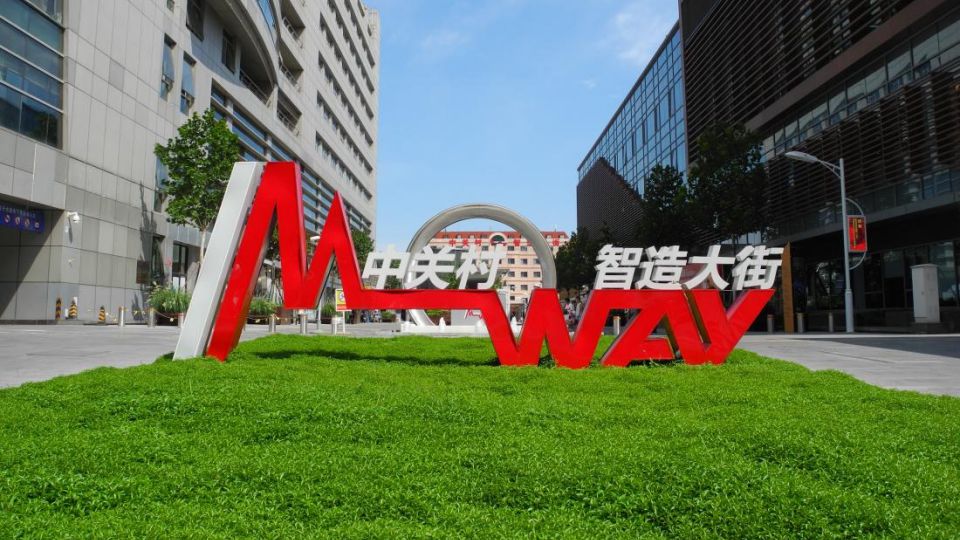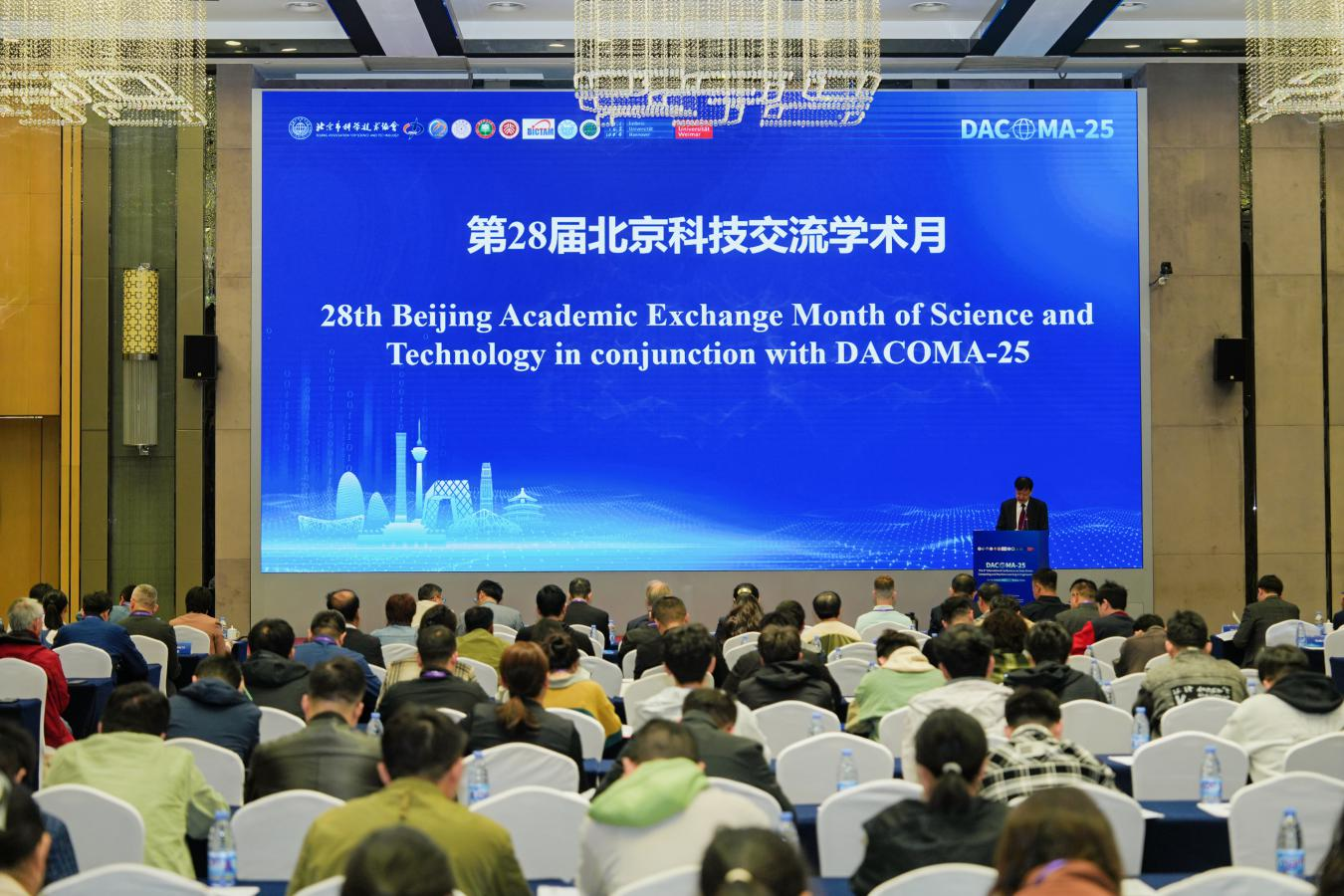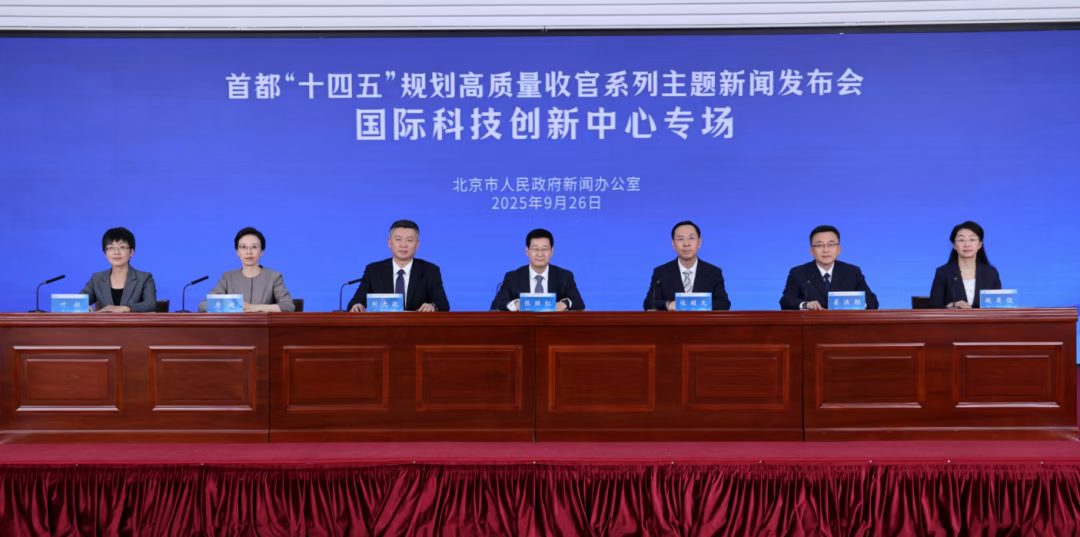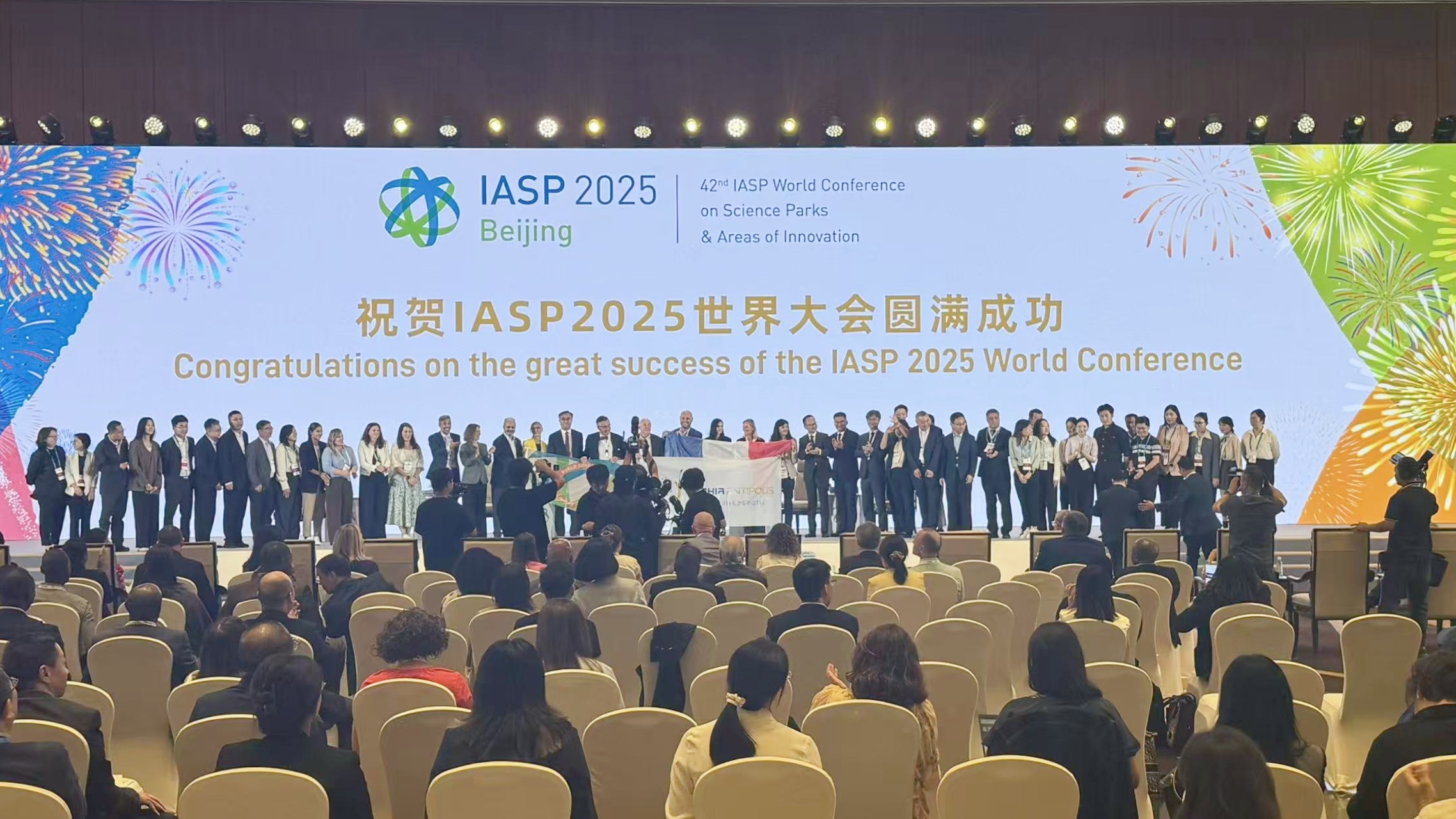

-
 人民号
人民号 -
 科普号
科普号 -
 北京号
北京号 -
 微博号
微博号 -
 头条号
头条号 -
 腾讯号
腾讯号 -
 百度号
百度号 -
 央视频号
央视频号 -
 抖音号
抖音号 -
 微信号
微信号














近日,中科中创控股集团新材料研发高级工程师宁国福与中国科学院兰州化学物理研究所张兴凯博士联合发布一种超细硅酸盐水泥注浆材料及其制备方法、市场可行性研究报告,该报告不仅系统阐述了新型注浆材料的核心技术参数与创新突破,更从材料性能、制备工艺、市场需求等多维度展开深度分析,为行业提供了兼具技术指导性与市场参考性的权威内容。以下正文:
一种超细硅酸盐水泥注浆材料及其制备方法、市场可行性研究报告
A Study Report on an Ultra-Fine Silicate Cement Grouting Material, Its Preparation Method, and Market Feasibility
纳米级超细硅酸盐水泥作为21世纪建筑材料领域的重大创新,其技术突破主要体现在三个维度:在制备工艺方面,采用高能球磨与溶胶-凝胶法的复合工艺实现了粒径的精准控制,例如德国BASF实验室通过优化球磨介质(氧化锆球与碳化钨球的配比)将颗粒分散均匀性提升40%;在性能表现上,美国NIST的测试数据显示,掺入12%纳米SiO₂的试样其微观孔隙率可降低至15nm级别,这是传统水泥无法达到的纳米级致密化效果;在工程应用层面,日本东京湾海底隧道工程案例表明,该材料在海水腐蚀环境中的服役寿命预计可达120年,远超普通水泥的50年设计标准。
Nano-scale ultra-fine silicate cement, a major innovation in the 21st-century building materials sector, has achieved technological breakthroughs primarily in three dimensions: In terms of preparation technology, the composite process of high-energy ball milling and sol-gel method enables precise control of particle size. For instance, Germany's BASF laboratory optimized the ball milling media (the ratio of zirconia balls to tungsten carbide balls), increasing particle dispersion uniformity by 40%. Regarding performance, test data from the US National Institute of Standards and Technology (NIST) show that samples incorporating 12% nano-SiO₂achieve a microporosity reduced to the 15nm level, a degree of nanoscale densification unattainable by traditional cement. In engineering applications, the case of the Tokyo Bay submarine tunnel project in Japan indicates that the material's expected service life in seawater corrosion environments can reach 120 years, far exceeding the 50-year design standard of ordinary cement.
具体到制备工艺的突破性进展,最新的等离子体辅助球磨技术可将能耗降低30%的同时,实现粒径分布标准差≤8nm的突破。在复合改性阶段,中国科学院团队开发的"核壳结构"改性技术(以纳米CaCO₃为核、SiO₂为壳)使界面结合强度提升2.8倍。值得关注的是,韩国现代建设采用的微波辅助水热合成工艺,将传统72小时的养护周期压缩至8小时,且产物的28天强度仍保持180MPa的高水准。这些工艺创新直接推动了材料在极端环境工程中的应用,如青藏铁路二期工程中,-40℃环境下仍能保持正常水化反应。
Specifically concerning breakthrough progress in preparation methods, the latest plasma-assisted ball milling technology can reduce energy consumption by 30% while achieving a breakthrough in particle size distribution with a standard deviation ≤ 8nm. During the composite modification stage, the "core-shell structure" modification technology developed by a team at the Chinese Academy of Sciences (using nano-CaCO₃as the core and SiO₂as the shell) increased the interfacial bond strength by 2.8 times. Notably, the microwave-assisted hydrothermal synthesis process adopted by South Korea's Hyundai Engineering & Construction compressed the traditional 72-hour curing cycle to just 8 hours, while the 28-day strength of the product remained at a high level of 180MPa. These technological innovations directly promote the material's application in extreme environment engineering. For example, in the second phase of the Qinghai-Tibet Railway project, the material maintained normal hydration reactions even at -40°C.
从全球应用趋势看,该材料正从特种工程向民用领域快速渗透。迪拜哈利法塔的维护工程采用纳米水泥基复合材料后,抗风压性能提升35%;新加坡"垂直森林"项目则利用其光催化特性,使建筑外立面具备空气净化功能。在智能建筑领域,麻省理工学院开发的"神经水泥"(嵌入碳纳米管网络)已实现每平方米2000个应变监测点的分布式传感。这些创新应用标志着建筑材料正式进入功能定制化时代,根据麦肯锡预测,到2030年纳米水泥在全球高端建材市场的占有率将突破25%。
From a global application trend perspective, this material is rapidly transitioning from specialized engineering to the civilian sector. After the use of nano-cement-based composite materials in the maintenance project of Dubai's Burj Khalifa, its wind pressure resistance increased by 35%; Singapore's "Vertical Forest" project utilizes its photocatalytic properties to enable the building facade to possess air purification functions. In the field of intelligent buildings, the "neural cement" (embedded with a carbon nanotube network) developed by the Massachusetts Institute of Technology (MIT) has achieved distributed sensing with 2,000 strain monitoring points per square meter. These innovative applications signify the official entry of building materials into an era of functional customization. According to McKinsey predictions, by 2030, nano-cement's market share in the global high-end building materials market will exceed 25%.
纳米级超细硅酸盐水泥是一种通过纳米技术制备的新型建筑材料,其粒径通常在1-100纳米范围内,具有比传统水泥更优异的物理和化学性能。这种材料通过将硅酸盐水泥颗粒细化至纳米级别,显著提高了材料的比表面积和反应活性,从而在强度、耐久性和环保性等方面展现出突破性优势。纳米级超细硅酸盐水泥的制备涉及粉体分散、纳米复合和低温合成等关键技术,其微观结构呈现出更高的均匀性和致密性,为现代建筑行业提供了革命性的材料选择。随着纳米技术的快速发展,这种材料在特种工程、绿色建筑和智能结构等领域展现出广阔的应用前景。 纳米级超细硅酸盐水泥的制备工艺是其性能优化的核心环节,主要涉及原料选择、纳米化处理和复合改性三个关键技术阶段。首先,原料选择需采用高纯度硅酸盐矿物(如硅灰、矿渣等),通过化学提纯和机械预粉磨获得微米级前驱体。其次,纳米化处理采用高能球磨、气相沉积或溶胶-凝胶法等技术,将原料颗粒细化至纳米尺度。其中,高能球磨法通过优化球料比、转速和助磨剂(如乙醇)的添加,可实现粒径50-100nm的稳定分散;而溶胶-凝胶法则通过控制水解-缩聚反应,直接生成纳米级凝胶颗粒。最后,复合改性阶段常引入纳米SiO₂、碳纳米管等增强相,通过表面修饰技术改善颗粒界面结合力。值得注意的是,低温合成工艺(如80-120℃水热反应)可避免高温导致的颗粒团聚,同时提升产物的水化活性。这些工艺的协同作用,使得最终产品兼具高比表面积(≥300m²/g)和可控的粒径分布,为后续性能优化奠定基础。 纳米级超细硅酸盐水泥的力学性能显著优于传统水泥,其抗压强度可达普通水泥的2-3倍,28天强度突破150MPa。这种超强性能源于纳米颗粒的高比表面积和活性,使其水化反应更充分,形成致密的CSH凝胶网络。在耐久性方面,该材料表现出卓越的抗渗性(氯离子扩散系数降低60%以上)和抗冻性(经300次冻融循环后强度损失<5%),这得益于纳米填充效应有效减少了孔隙率。此外,其早期硬化速度大幅提升,3小时即可达到20MPa的强度,特别适用于抢修工程。微观结构分析显示,纳米颗粒能细化水化产物尺寸,并优化界面过渡区,使材料整体均质性显著提高。值得注意的是,通过调控纳米掺量(通常为5-15%),可在保持流动性的同时实现性能的阶梯式提升,这种可设计性使其在超高层建筑、大跨桥梁等对材料性能要求严苛的工程中具有不可替代的优势。 纳米级超细硅酸盐水泥凭借其卓越的力学性能和耐久性,在多个高端工程领域展现出革命性的应用潜力。在特种工程领域,该材料已成功应用于核电站安全壳的快速修复,其3小时超早期强度特性可大幅缩短停机时间,而纳米级致密结构能有效阻隔放射性物质渗透。在绿色建筑方面,其高活性特性可提升工业固废(如粉煤灰、钢渣)的掺量至50%以上,显著降低碳排放;同时,纳米颗粒对CO₂的强吸附能力使其成为碳捕获技术的理想载体。更引人注目的是其在智能建筑中的创新应用:通过复合压电纳米材料(如ZnO纳米线),可赋予水泥基体应力传感功能,实现建筑结构的健康监测。例如,某跨海大桥采用该材料后,其内置的纳米传感器网络成功预警了钢缆的微裂纹扩展。随着3D打印技术的突破,纳米级超细水泥的流变特性使其能精确打印出毫米级复杂构件,为建筑形态设计提供了全新可能。这些应用案例不仅验证了材料的实用性,更预示着未来建筑将向功能化、智能化方向跨越式发展。
Nano-scale ultra-fine silicate cement is a new type of building material prepared through nanotechnology, with particle sizes typically in the range of 1-100 nanometers, possessing superior physical and chemical properties compared to traditional cement. By refining silicate cement particles to the nanoscale, this material significantly increases its specific surface area and reactivity, thereby demonstrating breakthrough advantages in strength, durability, and environmental friendliness. The preparation of nano-scale ultra-fine silicate cement involves key technologies such as powder dispersion, nano-compositing, and low-temperature synthesis. Its microstructure exhibits higher uniformity and density, providing a revolutionary material choice for the modern construction industry. With the rapid development of nanotechnology, this material shows broad application prospects in areas such as specialized engineering, green building, and intelligent structures. The preparation process of nano-scale ultra-fine silicate cement is the core link for its performance optimization, primarily involving three key technical stages: raw material selection, nanonization treatment, and composite modification. First, raw material selection requires the use of high-purity silicate minerals (such as silica fume, slag, etc.), which are processed through chemical purification and mechanical pre-grinding to obtain micron-scale precursors. Secondly, nanonization treatment employs techniques such as high-energy ball milling, vapor deposition, or sol-gel methods to refine the raw material particles to the nanoscale. Among these, high-energy ball milling, by optimizing the ball-to-powder ratio, rotation speed, and the addition of grinding aids (such as ethanol), can achieve stable dispersion of particles with sizes between 50-100nm. The sol-gel method, on the other hand, directly generates nanoscale gel particles by controlling the hydrolysis-condensation reaction. Finally, in the composite modification stage, reinforcing phases such as nano-SiO₂or carbon nanotubes are often introduced, and surface modification techniques are used to improve the interfacial bonding force between particles. It is noteworthy that low-temperature synthesis processes (such as hydrothermal reactions at 80-120°C) can avoid particle agglomeration caused by high temperatures while enhancing the hydration activity of the product. The synergistic effect of these processes results in a final product that combines a high specific surface area (≥300 m²/g) with a controllable particle size distribution, laying the foundation for subsequent performance optimization. The mechanical properties of nano-scale ultra-fine silicate cement are significantly superior to those of traditional cement, with compressive strength reaching 2-3 times that of ordinary cement, and 28-day strength exceeding 150MPa. This ultra-high performance stems from the high specific surface area and reactivity of the nanoparticles, which lead to a more complete hydration reaction and the formation of a dense CSH gel network. In terms of durability, the material exhibits exceptional impermeability (chloride ion diffusion coefficient reduced by over 60%) and frost resistance (strength loss after 300 freeze-thaw cycles is less than 5%), benefiting from the nano-filling effect that effectively reduces porosity. Furthermore, its early hardening speed is significantly improved, achieving a strength of 20MPa within just 3 hours, making it particularly suitable for emergency repair projects. Microstructural analysis reveals that nanoparticles can refine the size of hydration products and optimize the interfacial transition zone, significantly improving the overall homogeneity of the material. Notably, by adjusting the nano-additive content (typically 5-15%), a stepwise improvement in performance can be achieved while maintaining fluidity. This designability gives it an irreplaceable advantage in engineering projects with stringent material performance requirements, such as super high-rise buildings and long-span bridges. Thanks to its exceptional mechanical properties and durability, nano-scale ultra-fine silicate cement demonstrates revolutionary application potential in several high-end engineering fields. In the field of specialized engineering, this material has been successfully applied in the rapid repair of nuclear power plant containment shells. Its ultra-early strength characteristic of reaching significant strength within 3 hours can substantially reduce downtime, while its nanoscale dense structure effectively blocks the penetration of radioactive substances. In green building applications, its high reactivity can increase the incorporation of industrial solid wastes (such as fly ash, steel slag) to over 50%, significantly reducing carbon emissions. Additionally, the strong CO₂adsorption capacity of nanoparticles makes them an ideal carrier for carbon capture technology. Even more remarkable are its innovative applications in intelligent buildings: by compositing with piezoelectric nanomaterials (such as ZnO nanowires), the cement matrix can be endowed with stress-sensing functions, enabling health monitoring of building structures. For example, after a cross-sea bridge adopted this material, its built-in nano-sensor network successfully provided early warning of micro-crack propagation in steel cables. With breakthroughs in 3D printing technology, the rheological properties of nano-scale ultra-fine cement enable the precise printing of millimeter-scale complex components, offering entirely new possibilities for architectural form design. These application cases not only validate the material's practicality but also foreshadow a leapfrog development towards functionalized and intelligent future buildings.
超细水泥的制备工艺
Preparation Process of Ultra-Fine Cement
超细水泥的制备主要采用高能球磨法和化学合成法。高能球磨法通过优化球磨参数(如球料比、转速、助磨剂)将普通水泥颗粒细化至微米级(1-10μm),而化学合成法则通过溶胶-凝胶工艺直接生成纳米级(<100nm)水泥颗粒。例如,添加0.5%三乙醇胺助磨剂可使球磨效率提升40%,粒径分布更均匀。此外,低温煅烧(<800℃)技术可避免高温导致的颗粒团聚,同时保留高活性硅酸钙矿物。
The production of ultra-fine cement primarily employs high-energy ball milling and chemical synthesis methods. High-energy ball milling refines ordinary cement particles to the micrometer level (1-10μm) by optimizing parameters such as the ball-to-powder ratio, rotational speed, and grinding aids. Chemical synthesis, on the other hand, utilizes sol-gel processes to directly generate nanometer-sized (<100nm) cement particles. For example, adding 0.5% triethanolamine as a grinding aid can increase ball milling efficiency by 40% and result in a more uniform particle size distribution. Additionally, low-temperature calcination (<800°C) helps prevent particle agglomeration caused by high temperatures while preserving highly reactive calcium silicate minerals.
性能特点
Performance Characteristics
超细水泥的比表面积可达500-800m²/g,是普通水泥的5-8倍,其水化反应速率显著加快,3天抗压强度即可达到28天强度的70%。微观结构分析显示,超细水泥生成的CSH凝胶更致密,孔隙率降低约30%,赋予材料优异的抗渗性(氯离子扩散系数≤1.0×10⁻¹² m²/s)和抗冻性(经200次冻融循环后强度损失<10%)。此外,通过掺入纳米SiO₂(5-10%),可进一步优化界面过渡区,提升韧性。
Ultra-fine cement has a specific surface area of 500-800 m²/g, which is 5-8 times that of ordinary cement. This significantly accelerates its hydration reaction rate, enabling it to achieve 70% of its 28-day compressive strength within just 3 days. Microstructural analysis reveals that the CSH gel formed by ultra-fine cement is denser, with a porosity reduction of approximately 30%. This endows the material with excellent impermeability (chloride ion diffusion coefficient ≤1.0×10⁻¹² m²/s) and frost resistance (strength loss <10% after 200 freeze-thaw cycles). Furthermore, the incorporation of nano-SiO₂(5-10%) can further optimize the interfacial transition zone and enhance toughness.
应用前景
Application Prospects
在建筑领域,超细水泥已成功应用于超高层建筑核心筒的泵送施工,其高流动性(扩展度≥300mm)和早强特性解决了大体积混凝土的裂缝控制难题。在基础设施修复中,其微膨胀特性(0.02-0.05%)可有效填充0.1mm以下的微裂缝,某跨海大桥采用超细水泥注浆后,裂缝修复率超过95%。未来,随着3D打印技术的普及,超细水泥的精准流变调控将推动建筑形态的革新。
In the construction sector, ultra-fine cement has been successfully used in the pump-based construction of core tubes in super high-rise buildings. Its high fluidity (slump flow ≥300mm) and early-strength properties address the challenge of crack control in mass concrete. In infrastructure repair, its slight expansion characteristic (0.02-0.05%) effectively fills micro-cracks smaller than 0.1mm. For instance, after grouting with ultra-fine cement on a cross-sea bridge, the crack repair rate exceeded 95%. Looking ahead, with the growing adoption of 3D printing technology, the precise rheological control of ultra-fine cement will drive innovation in architectural forms.
超细水泥是一种高性能无机灌浆材料,具有以下核心特性与应用:
Ultra-fine cement is a high-performance inorganic grouting material with the following core characteristics and applications:
一、材料特性
I. Material Characteristics
粒径与渗透性平均粒径0.2-20微米,可渗透至0.02-0.2毫米的微裂隙,渗透能力为传统材料的10倍以上。通过调整水灰比(0.5-4.0)和注浆压力(0.1-0.5MPa)可优化渗透效果力学性能3天抗压强度≥35MPa,28天≥60MPa,固化无收缩且抗渗压力≥5.0MPa。添加纤维或纳米材料后,抗折强度可突破15MPa。环保与经济性由无毒无机成分制成,符合绿色建材标准,施工成本比化学灌浆材料低30%-50%。
The average particle size ranges from 0.2 to 20 micrometers, allowing penetration into micro-cracks of 0.02 to 0.2 millimeters, with permeability exceeding that of traditional materials by more than ten times. The permeability effect can be optimized by adjusting the water-to-cement ratio (0.5-4.0) and the grouting pressure (0.1-0.5 MPa). In terms of mechanical properties, the compressive strength is ≥ 35 MPa at 3 days and ≥ 60 MPa at 28 days, with non-shrinkage curing and impermeability pressure ≥ 5.0 MPa. After adding fibers or nanomaterials, the flexural strength can exceed 15 MPa. Environmentally and economically, it is made from non-toxic inorganic components, adhering to green building material standards, and the construction cost is 30% to 50% lower than that of chemical grouting materials.
二、应用领域
II. Application Fields
基础设施修复用于隧道衬砌裂缝、地铁壁灌浆加固及建筑纠偏。水利工程治理大坝坝体裂缝(如黄河小浪底工程)、构筑地下防水帷幕。地基处理提升高层建筑地基承载力40%以上,固化流沙层、淤泥质土层。特殊环境高抗硫型超细水泥适用于海洋工程(渗透深度达8米),防冻型可在-30℃环境中使用。
Infrastructure repairs are used for tunnel lining cracks, subway wall grouting reinforcement, and building rectification. In water conservancy projects, they address dam body cracks (such as in the Yellow River Xiaolangdi project) and construct underground waterproof curtains. Ground treatment enhances the bearing capacity of high-rise building foundations by over 40%, solidifying quicksand layers and silty soil layers. In special environments, high-sulfur-resistant ultra-fine cement is suitable for marine engineering (with a penetration depth of up to 8 meters), while freeze-resistant types can be used in environments as low as -30°C.
三、施工工艺
III. Construction Techniques
持分段灌浆,凝结时间可调(初凝≥2小时,终凝≤12小时)。湿磨细水泥(符合SL578-2012标准)可处理0.1-0.5毫米裂隙,28天抗压强度≥25MPa。
Grouting is performed in sections, with adjustable setting time (initial setting ≥ 2 hours, final setting ≤ 12 hours). Wet-ground fine cement (compliant with SL578-2012 standards) can treat cracks of 0.1-0.5 mm, with a 28-day compressive strength ≥ 25 MPa.
四、产品分类
IV. Product Categories
类型:包括超细双快水泥、AEC膨胀水泥及普通水泥,比表面积可达800-2000m²/kg。
Types: Include ultra-fine rapid-setting cement, AEC expansive cement, and ordinary cement, with a specific surface area ranging from 800-2000 m²/kg.
规格:如800目超细水泥,由高强水泥、膨胀剂等复合制成。
Specifications: For example, 800-mesh ultra-fine cement, composed of high-strength cement, expansion agents, and other composite materials.
超细水泥凭借其渗透性、强度及环保优势,已成为复杂工程场景的首选材料。
With its permeability, strength, and environmental advantages, ultra-fine cement has become the material of choice for complex engineering scenarios.

中科中创控股集团新材料研发高级工程师宁国福,1986年生于甘肃兰州,本科毕业于中国政法大学,主要研究超细水泥、铁路隧道注浆料新材料新技术研发。现任国家建筑材料工业技术情报研究所外加剂复配工程师、中志协应急委物资保障部 副主任、中国共产党中央委员会社会工作部两弹一星科普教育工作委员会政治事务部副主任,曾获中国建材工业经济研究会产品质量专委会质量特种砂浆生产与质量技术结业并城市更新优秀模范等荣誉。

张兴凯,中国科学院兰州化学物理研究所项目研究员、硕士生导师、中国科学院青年创新促进会会员。主要从事润滑与耐磨材料、材料表面防护及工程应用方面等领域的研究工作。先后主持国家自然科学基金面上项目与青年基金、甘肃省自然科学基金,以及华为公司技术开发项目、中国工程物理研究院技术开发项目等10多项,发表论文50多篇,授权发明专利10多项(美国专利1项)。曾获第十一届“中表镀-安美特”优秀青年教师、第二届中国创新挑战赛(杭州)金点子奖等。
免责声明:该文章系转载,所涉内容非本站(号)观点,不构成投资、消费建议,仅供读者参考。文字和图片均由第三方提供,一切法律责任由提供方负责。



